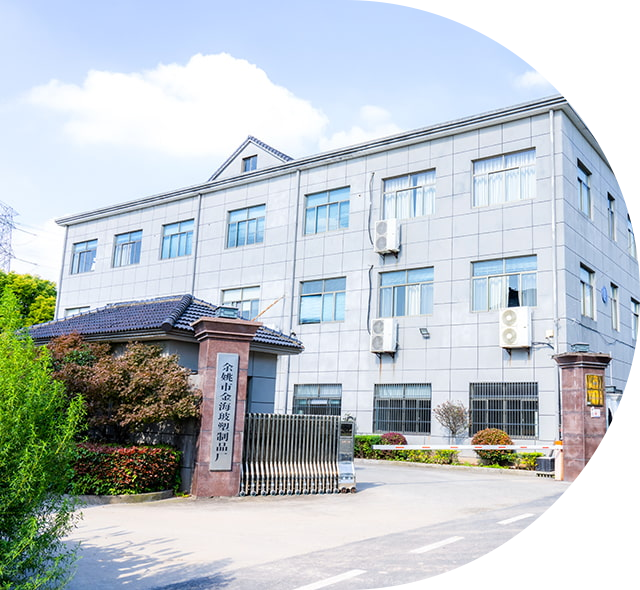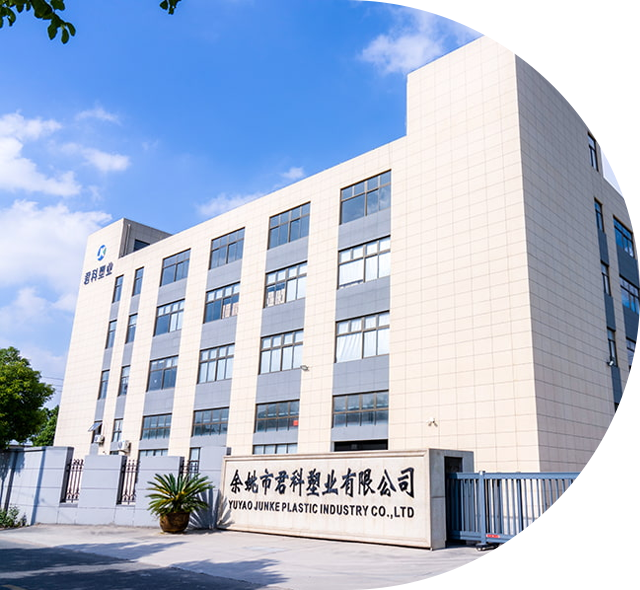1.Why Choose a Switch Lotion Pump for Your Product Packaging?
Switch lotion pumps are a practical and innovative solution for dispensing liquid products. These pumps are designed with functionality and ease of use in mind, particularly for packaging that requires efficient, mess-free distribution. One of the key features of the switch lotion pump is its simple yet effective operation: by pressing the pump, users can effortlessly change the direction of the dispensing action. This is especially useful for preventing the overflow of liquid during transportation, ensuring that products arrive at their destination intact and without spillage.
At Yuyao Jinhai Glass And Plastic Manufacturing Plant, we understand the need for efficient and reliable dispensing systems in a variety of industries, from cosmetics and personal care to medicine and daily necessities. Our switch lotion pumps are engineered with this in mind. The well-thought-out design ensures that the pump mechanism works smoothly and reliably, even with frequent use. Whether you're packing lotions, shampoos, soaps, or other liquid products, our pumps offer a convenient and user-friendly way to control dispensing amounts, reducing waste and enhancing the customer experience.
In addition to their functional benefits, the design of our switch pumps also considers aesthetic appeal. At Yuyao Jinhai Glass And Plastic Manufacturing Plant, we specialize in creating pumps that are not only functional but also visually pleasing. Our pumps come in a variety of materials and finishes, including high-quality PP and aluminum, to match the branding and look of your products. This balance between practicality and aesthetics makes our switch lotion pumps an excellent choice for both small and large-scale product packaging needs.
2.How Does the Left and Right Lock Feature Enhance Safety and Functionality?
The left and right lock feature in our switch lotion pumps serves as a key safety measure, ensuring that the pump mechanism remains secure during transportation and storage. This locking system prevents the accidental activation of the pump, which is especially important when products are being moved, stacked, or shipped. Without such a locking mechanism, liquid products can easily leak or spill, leading to product waste and potential damage to packaging. At Yuyao Jinhai Glass And Plastic Manufacturing Plant, we recognize the importance of maintaining product integrity and minimizing risk, which is why we have incorporated the left-right lock feature into many of our pumps.
In addition to enhancing safety, the left and right lock system adds an extra layer of control for users. It allows for quick and simple switching between different functions, such as open and closed positions, and can be used to regulate the flow of liquid. This makes it easier for consumers to handle the product, especially in scenarios where liquid control is critical, such as with personal care products like lotions, handwashes, and shampoos. The locking system ensures that users can avoid accidental spills or overuse, making it an essential feature for products that need to be dispensed in a controlled manner.
The left and right locking mechanism also reflects Yuyao Jinhai Glass And Plastic Manufacturing Plant's commitment to quality and safety. We prioritize developing products that are not only visually appealing but also functional and secure. The lock feature provides peace of mind for both the manufacturer and the consumer, knowing that the pump will operate as intended without the risk of malfunction or spillage.
Our factory's extensive capabilities in producing high-quality sprayer accessories, such as PE gaskets, rubber plugs, and other precision components, directly contribute to the durability and reliability of our lotion pumps. The design and manufacturing expertise we have accumulated over the years ensures that our pumps meet the highest standards of safety and performance, making them ideal for a wide range of industries.
3.What Makes Our Switch Lotion Pumps Stand Out in the Market?
At Yuyao Jinhai Glass And Plastic Manufacturing Plant, we pride ourselves on delivering high-quality switch lotion pumps that stand out in the competitive market. Our pumps are designed to cater to a wide array of customer needs, from personal care products to household items. What sets our pumps apart is not only their functional features but also the expertise and precision involved in their production.
One key feature that makes our pumps stand out is the variety of customization options available. Our 24mm Plastic Switch Dispenser Pump for Personal Care and the 1.2ml Dosage Aluminum Plastic Lotion Pumps with Lock Clip are examples of our diverse range of products, which can be customized according to your specific requirements. We understand that different products require different dispensing systems, and we offer flexible solutions to accommodate various packaging needs.
Our factory’s vast experience in producing sprayer accessories such as glass balls, PE gaskets, and rubber rings enhances the quality of our lotion pumps. Yuyao Jinhai Glass And Plastic Manufacturing Plant is equipped with advanced machinery, including 300 polishing machines and 20 automatic polishing machines, allowing us to maintain strict quality control throughout the manufacturing process. With a daily output of over 20 million glass balls and an annual production capacity of 6 billion units, we are well-equipped to handle both large and small orders efficiently and reliably.
The precision in manufacturing and the high-quality materials we use ensure that our lotion pumps are both durable and aesthetically pleasing. Whether you require a water transfer printed 28mm pump or a golden soap pump, our products are designed to meet your specific branding and functional needs. We focus on the user experience, ensuring that our pumps provide a smooth, efficient, and enjoyable experience for customers.




















